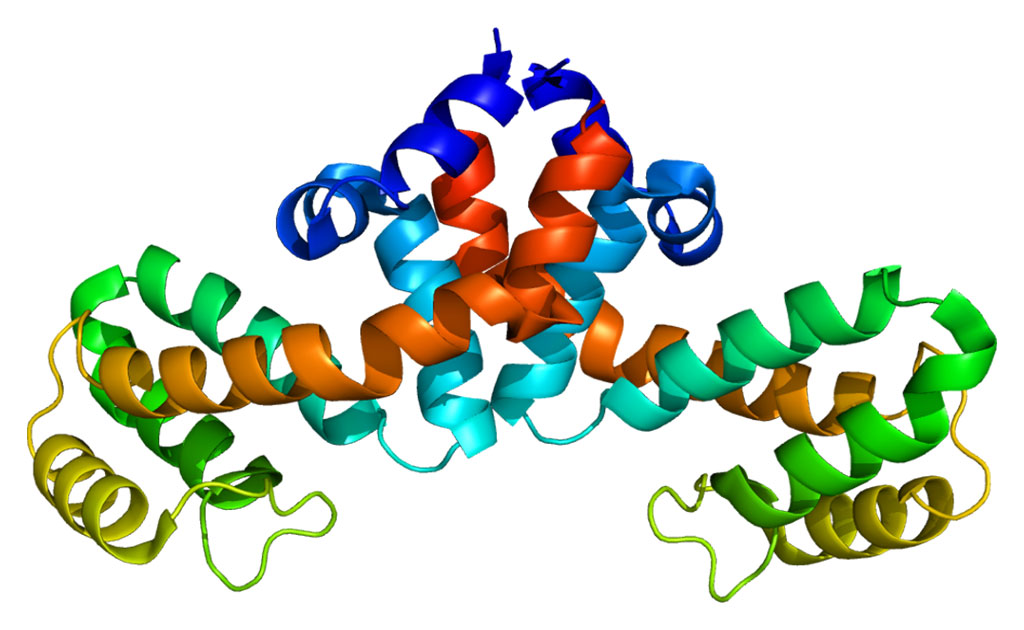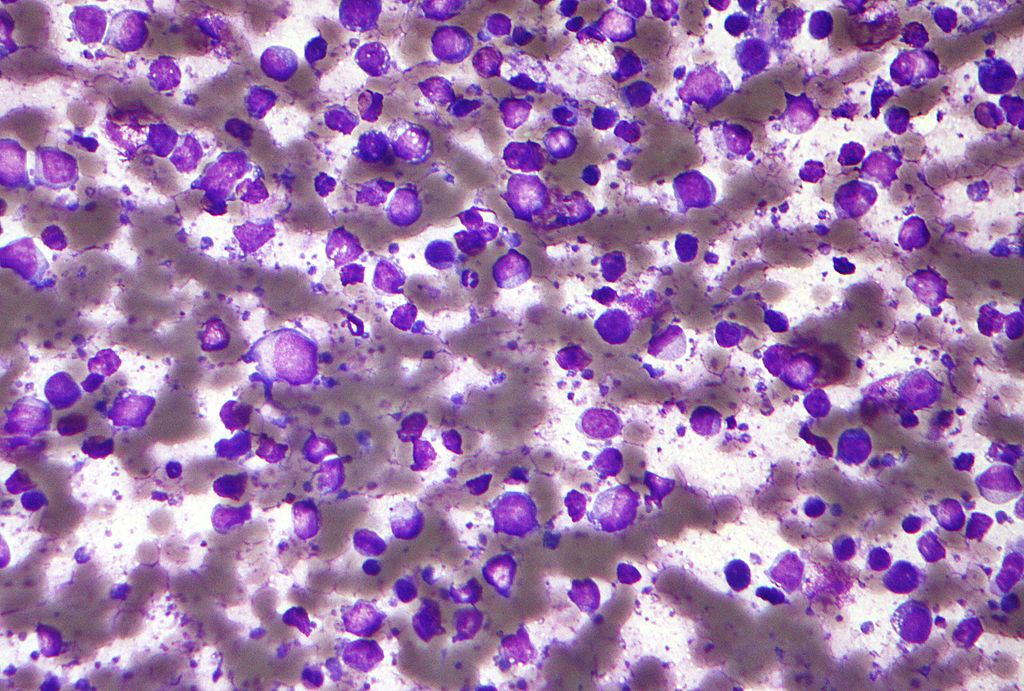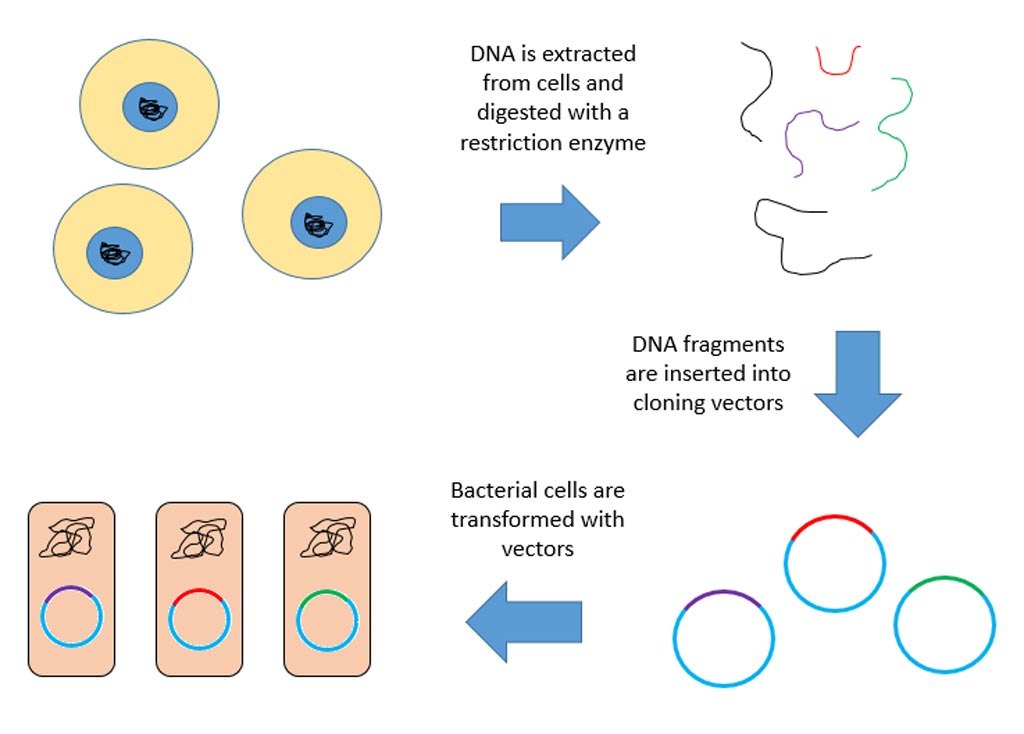Radioactive Gold Nanoparticles Shrink Prostate Tumors in Mouse Model
By LabMedica International staff writers
Posted on 02 Aug 2012
Radioactive gold nanoparticles conjugated to a compound that specifically binds to a receptor present on prostate cancer cells have been used to halt the growth of aggressive prostate tumors in a mouse xenograft model.Posted on 02 Aug 2012
Investigators at the University of Missouri (Columbia, USA) created targeted radioactive nanoparticles by conjugating prostate tumor specific epigallocatechin-gallate (EGCg) to gold nanoparticles derived from the Au-198 isotope. EGCg binds with excellent affinity to Laminin67R receptors, which are over expressed in prostate tumor cells while Au-198, which has a half-life of 2.7 days, emits a deadly beta particle that is able to penetrate approximately 11 mm in tissue (approximately 1100 cell diameters). This range is sufficiently long to deliver a lethal radiation dose to cells within the prostate gland and short enough to minimize the radiation dose to adjacent critical tissues.
Radioactive gold nanoparticles were administered to SCID mice carrying prostate cancer PC-3 xenografts. Results published in the July 16, 2012, online edition of the journal Proceedings of the National Academy of Sciences of the USA (PNAS) revealed that approximately 72% of the 198AuNP-EGCg nanoparticles became sequestered in tumors 24 hours after intratumoral administration. Therapeutic studies showed 80% reduction of tumor volumes after 28 days, demonstrating significant inhibition of tumor growth compared to controls.
"In our study, we found that a special compound in tea was attracted to tumor cells in the prostate," said senior author Dr. Kattesh Katti, professor of radiology and at the University of Missouri. "When we combined the tea compound with radioactive gold nanoparticles, the tea compound helped "deliver" the nanoparticles to the site of the tumors and the nanoparticles destroyed the tumor cells very efficiently."
Related Links:
University of Missouri














